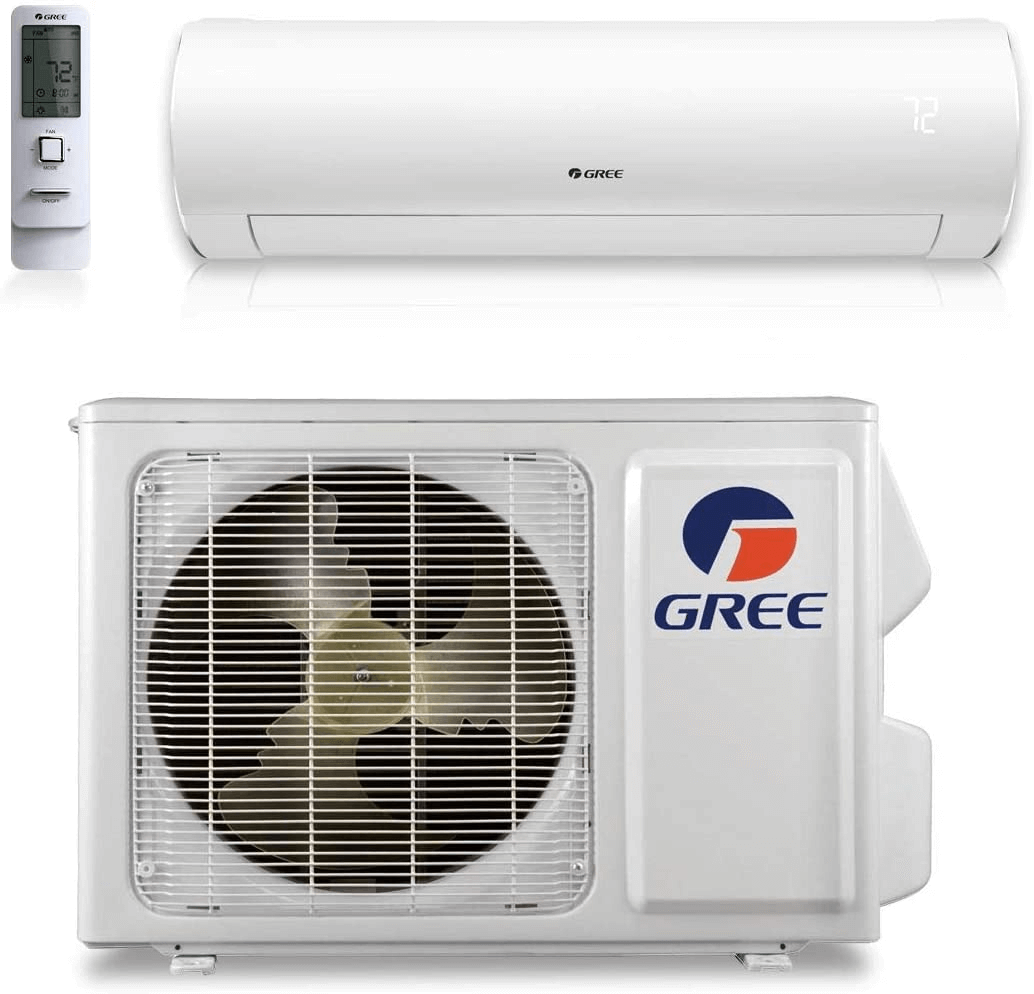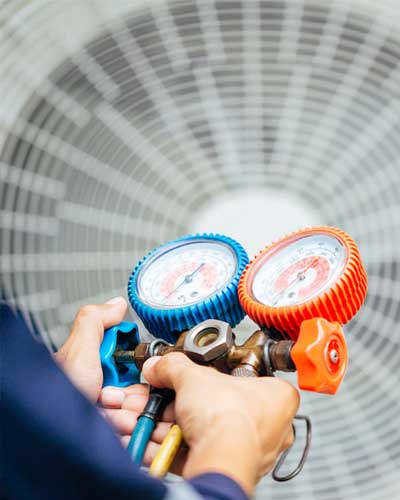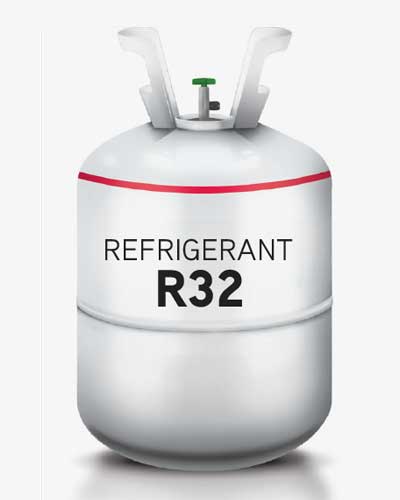
The Guide to Mini-Splits in Basements for Homeowners & Contractors
Transforming your basement into a functional and comfortable living space can open up a world of possibilities for your home. A finished basement adds value to your home, and there are endless ways to use the additional space – It could become a playroom for young children or a recreation room for teenagers, or even a home office or studio. Additionally, it can serve as a temperature-controlled storage area for important family documents and heirlooms, making it an even more valuable part of your home.
Once you’ve finished your basement, you’ll have multiple options to consider when it comes to heating and cooling the space. If you have a traditional HVAC system, you could extend it to provide coverage to your basement. However, traditional HVAC systems are very inefficient as they lose energy through their ductwork systems, and extending the ductwork required to provide coverage to your basement could be very expensive. Your current system may also be lacking enough capacity to handle an additional load of conditioning this extra space, affecting overall effectiveness in your home. Mini-split systems, on the other hand, offer an effective and energy-efficient solution for keeping your basement comfortable year-round. In this article, we will explore why finished basements need heating and cooling, the benefits of mini-splits for basements, and some things that contractors will need to consider in the installation process.
Do basements need air conditioning?
If you’ve recently finished your basement, installing a basement HVAC system can provide significant benefits beyond just temperature control. Finished basements require air conditioning, because they are often prone to temperature imbalances and excess humidity due to limited insulation and exposure to varying external conditions. Installing an air conditioning system in your basement can help maintain a comfortable temperature while also reducing dampness, which is essential for preventing mold and mildew growth. Ensuring a consistent and pleasant environment in your basement not only improves the overall comfort of your home but also contributes to the well-being of you and your family.
What Are the Benefits of Installing Mini-Splits in Basements?
There are several benefits of using mini-splits in basements, making them an ideal choice for maintaining a comfortable living environment. One of the primary advantages is their ability to increase energy efficiency. Mini-splits operate with a ductless system, reducing the potential for energy loss through leaky ductwork. This translates to lower energy consumption and, subsequently, lower utility bills.
Another benefit of mini-splits in basements is their dehumidifying capabilities. Basements tend to have higher humidity levels, which can lead to mold and mildew growth. Mini-split systems not only regulate temperature but also help to maintain optimal humidity levels, contributing to a healthier living space and reducing potential for needing mold remediation in the future.
Furthermore, mini-splits provide zonal heating and cooling, allowing you to create customized comfort zones within your basement, or at least creating a single zone for your basement that you can control separately from the rest of your home. This feature enables you to target specific areas for temperature control, ensuring that each space in your basement is comfortable and energy-efficient.
Lastly, mini-splits offer easy installation compared to traditional HVAC systems. Since they do not require ductwork, the installation process is less invasive and time-consuming. This makes them a practical solution for retrofitting basements or when you want to avoid the hassle of installing ducts in an already finished space.
Considerations for Professionals Installing Mini-Splits in Basements
Proper Load Calculation
When installing mini-splits in basements, there are several important considerations that contractors should keep in mind to ensure optimal performance and comfort. First and foremost, contractors must conduct a proper load calculation to determine the appropriate size of the equipment. Installing a system that is too large can lead to overheating or overcooling the space, resulting in discomfort and potential mold and bacteria growth due to high humidity levels.
Humidity Control and Condensation Management
Humidity control is crucial in basement environments, so contractors should pay close attention to the proper installation of condensation piping and condensate pumps. Ensuring that the condensation pan in the unit drains correctly will help maintain optimal humidity levels and prevent potential issues related to moisture.
Insulation and Mounting Considerations
Lastly, when mounting the indoor unit on a concrete or cinder block wall, contractors should use a section of foam board insulation between the wall and the mounting bracket. This insulation barrier will prevent condensation from forming on the wall, safeguarding the structural integrity of the basement and minimizing the risk of moisture-related issues.
A mini-split system can offer dependable heating and cooling all year round, making it a perfect choice for basements. GREE provides an array of mini-split systems that are simple to install, energy-efficient, and feature zone control for optimal temperature management. Additionally, GREE keeps ample replacement parts for their systems in stock, making maintenance a breeze. If you're a contractor with a client interested in a mini-split for their basement, consider utilizing our mini-split system builder to design the ideal mini-split solution to meet their requirements today!




